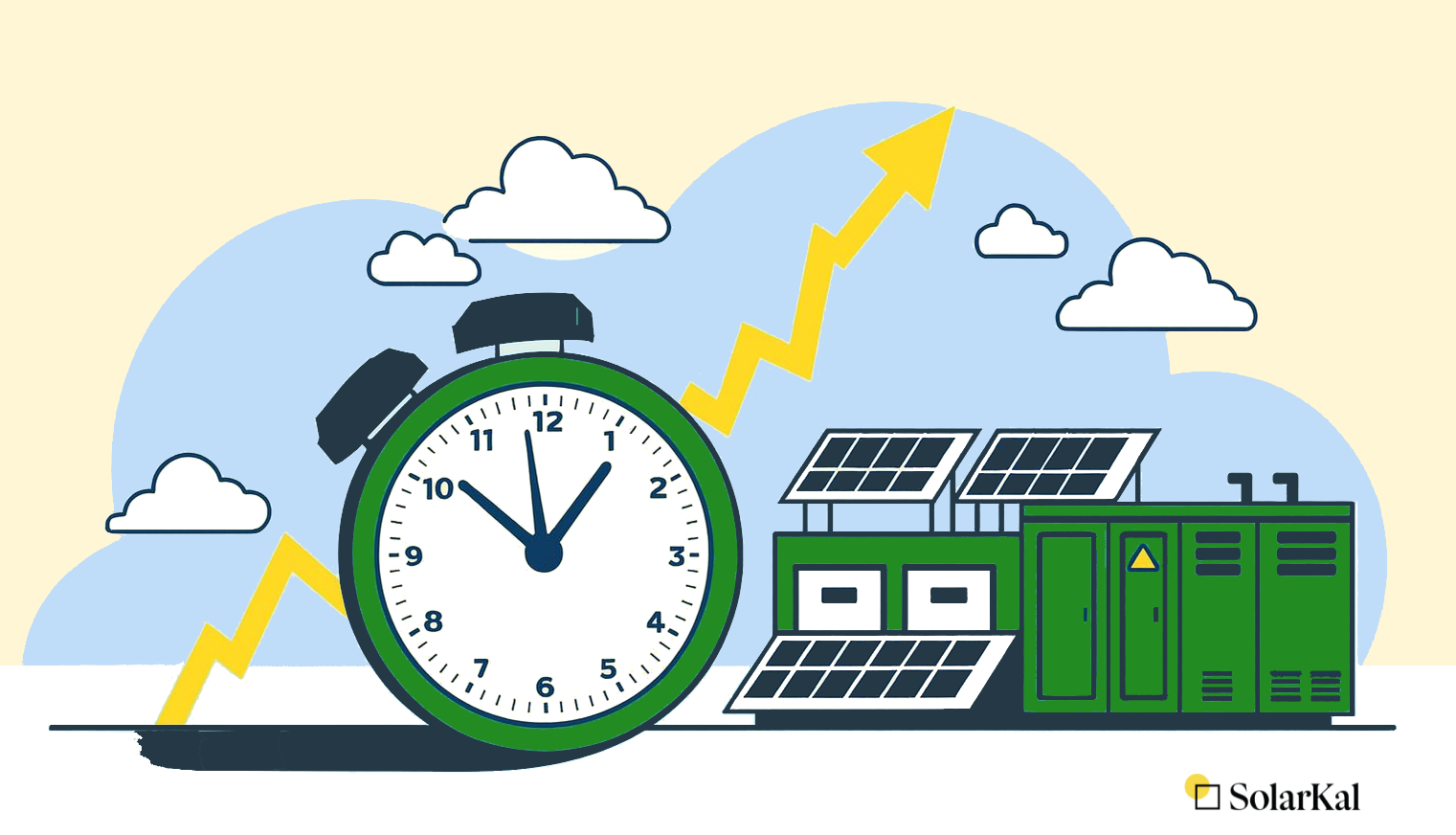
At this year’s Sustainable Finance & Investing Forum at Greenbuild in Los Angeles, one theme wasn’t just present — it dominated every room, panel, and hallway conversation:
Electricity rates. Electricity rates. Electricity rates.
If there was a unifying message from real estate executives, investors, lenders, and sustainability leaders, it was that the cost of power has become one of the most pressing financial risks to U.S. commercial real estate. And for good reason — because the numbers paint a dramatic picture:
And for many owners, rising electricity rates aren’t just a risk — they’re an opportunity. As utility costs climb, solar-enabled assets can command stronger triple-net-lease revenue through energy pass-through savings and predictable pricing. Additionally, commercial roof-lease revenue is directly tied to electricity economics — higher power costs increase the value of on-site generation, allowing lease rates to rise in sync. Rising utility prices make on-site solar not only a hedge but an NOI-boosting asset.
Electricity used to be treated as a mildly escalating line item. But today’s reality is fundamentally reshaping underwriting assumptions and long-term asset planning.
Not long ago, real estate analysts would simply plug in a predictable 2%–2.5% annual increase in utility expenses. That underwriting standard is now completely obsolete.
Today, CFOs, asset managers, and heads of sustainability are asking the same strategic question:
How do we turn an increasingly volatile, rapidly rising cost into something fixed and predictable?
At Greenbuild, this question came up repeatedly — sometimes with urgency, sometimes with frustration, always with financial consequence.
Commercial solar has become one of the strongest tools for locking in long-term predictability. A recent SolarKal analysis broke this down clearly:
See our blog post “Solar as a Hedge Against Rising Energy Costs”
Solar’s value proposition has sharpened dramatically:
And unlike other capital improvements, solar directly reduces a major operational expense — something CFOs now view through a risk-mitigation lens, not just a sustainability one.
Another topic that animated the forum was the countdown created by the One Big Beautiful Bill Act (OBBBA).
Under the OBBBA, the Investment Tax Credit (ITC) ends for projects that do not begin construction before July 4, 2026, with safe harbor rules allowing qualifying projects to preserve the credit for several more years. Timing is now critical. See our deeper overview: “Will Your Solar Project Be Derailed by ITC Changes?”
Real estate owners — especially those with multi-state portfolios — expressed a shared concern: “How quickly can we move?”
With procurement queues tightening, equipment lead times lengthening, and developers increasingly selective about which projects they take on, the need for portfolio-wide solar strategy and fast execution has never been higher. Certainty of execution is now one of the biggest drivers of successful partnerships — and it’s something SolarKal tracks closely through our proprietary marketplace. By carefully vetting providers, monitoring safe harbor provisions and other execution benchmarks, and maintaining clear communication with our developer network, we help CRE owners move from feasibility to NTP with greater speed and confidence.
A newer theme at this year's forum was the surge in questions around battery storage:
Owners want clarity — and advisors are becoming essential.
The intersection of solar and storage is complex. Adding batteries introduces:
This is where advisors provide real value: helping owners model solar-only vs. solar-plus-storage, compare asset-level vs. campus-level deployments, forecast utility tariff changes, and determine where batteries make sense — and where they don’t. Across the forum, one message emerged strongly: Most owners don’t just want solar — they want someone to guide them through an entirely new energy landscape.
If there was a single conclusion from Los Angeles, it was this:
Real estate owners are no longer viewing solar and batteries as sustainability initiatives. They’re viewing them as financial hedges.
Rising electricity rates have forced a shift in thinking. The ITC timeline has created urgency. The emergence of battery storage is accelerating complexity. And portfolios across the country are realizing they need a long-term strategy, not one-off projects.
Energy has become both a risk and an opportunity — and those who act quickly stand to stabilize their operating expenses for decades, unlock new roof-lease revenue, and advance key sustainability goals. Contact us to learn more.